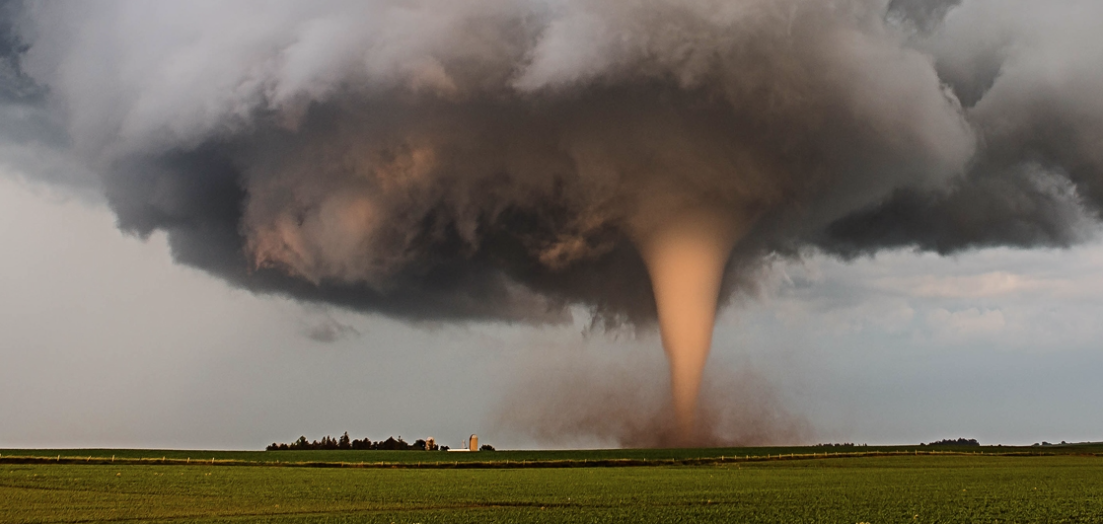
We’ve talked a lot already about weather and climate, and you probably have a fairly good intuition for what these words mean and of the differences between them. But we haven’t yet gone into any detail about them. That is our task in this section. In other words, while the prior two sections of this chapter have focused on general characteristics of the atmosphere and hydrosphere (in Section 6.1) and on their global patterns of motion (in Section 6.2), we will now explore the factors that give different climates to different regions and that create our ever-changing weather around the world.
Section Learning Goals
By the end of this section, you should be able to answer the following questions:
- What is the difference between weather and climate?
- How and why does climate vary around the world?
- How do we measure and predict the weather?
Before you continue, take a few minutes to discuss the above Learning Goal questions in small groups or as a class. For example, you might discuss what (if anything) you already know about the answers to these questions; what you think you’ll need to learn in order to be able to answer the questions; and whether there are any aspects of the questions, or other related questions, that you are particularly interested in.
Discussion
Weather and Climate
To help you think about what we mean by weather and climate, discuss the following questions in small groups or as a class. Don’t worry if you don’t yet fully understand the distinction
- How would you characterize today’s weather? Describe it in as much detail as you can.
- Make a list of different types of weather that you sometimes experience in your local region.
- How would you characterize your local climate? Can you think of other places in the world that have a similar climate?
This discussion is designed to have students think about what they already know about weather and climate, which will help prepare them for the topics that follow. You can also use this discussion as a diagnostic to see how much your students already know about weather and climate, and the distinction between them.
While this discussion will work with small groups, we recommend doing it as a class, with you summarizing the answers (and making the list for question 2) based on input from many students.
Journal Entry
The Weather and Me
Write a short journal entry about how you personally are affected by the weather. You can focus on any aspect of the weather and yourself. For example, you could write about your favorite and least favorite types of weather, or about some major effect that weather has had on your life.
This journal entry is designed to get students thinking about the way weather impacts them. Some students may have personal weather stories to relate, others might simply want to talk about different types of weather that they like or dislike.